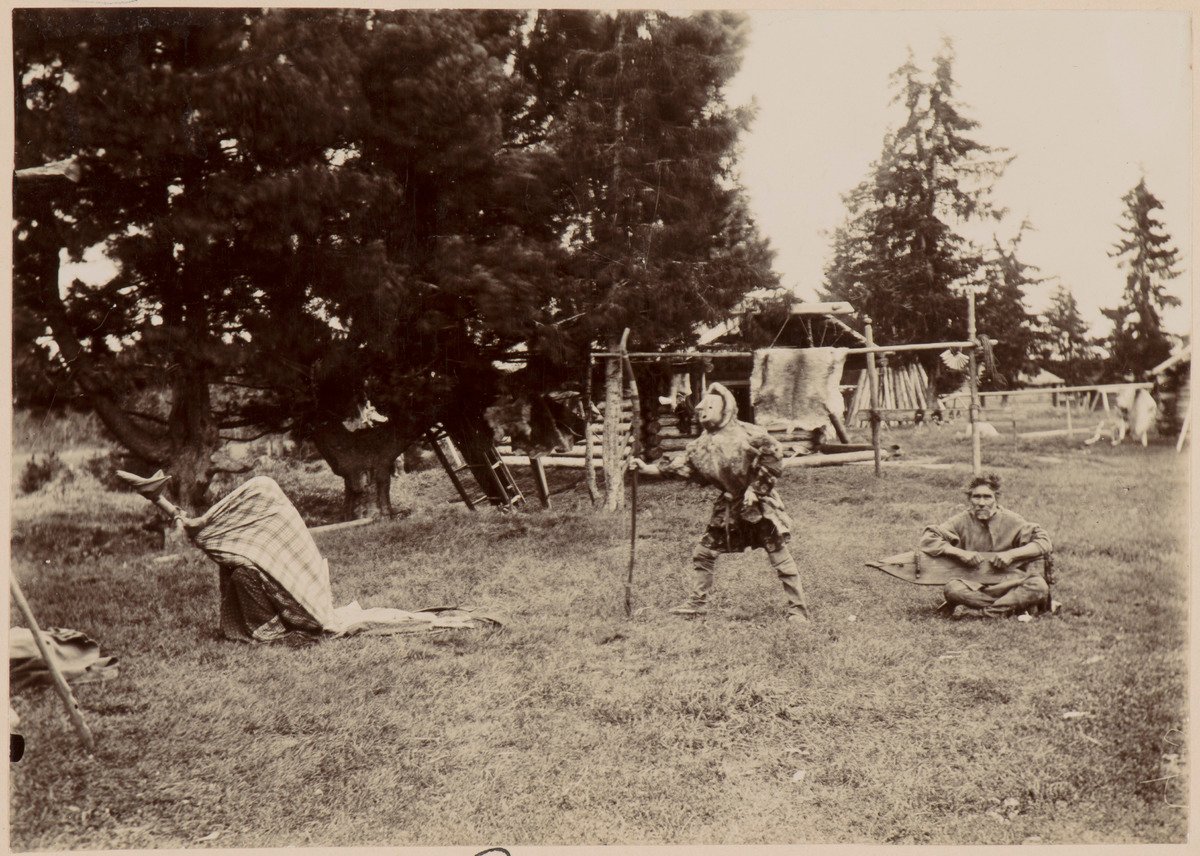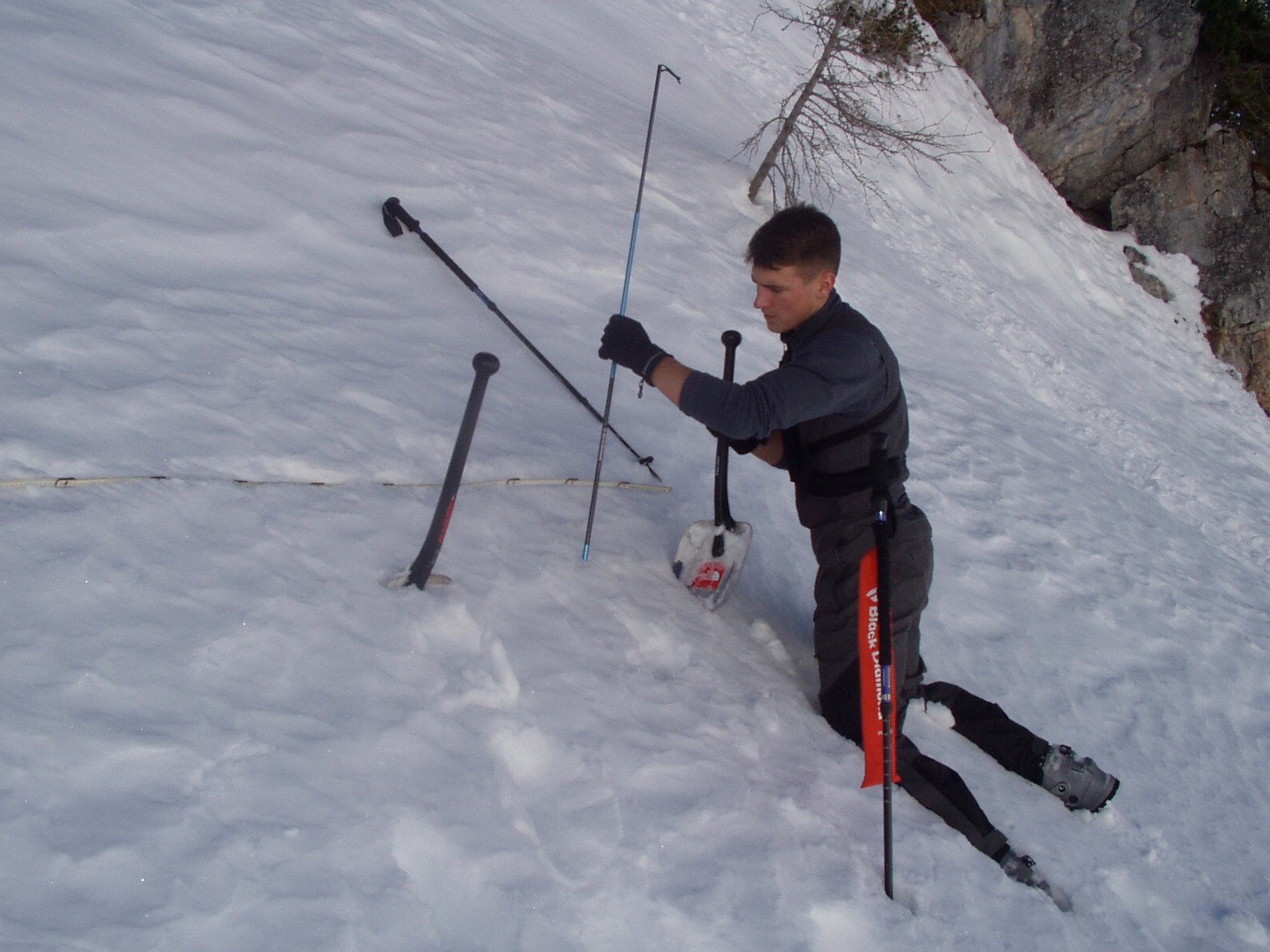In the frozen heart of Russia’s Ural Mountains, a chilling mystery lingers like a ghostly fog. In 1959, nine experienced hikers vanished beneath the snow at a place now known as Dyatlov Pass. Their journey began as an ordinary expedition but ended in an unimaginable tragedy that has haunted investigators, scientists, and storytellers for decades. What really happened on that desolate night? Was it a simple avalanche, a brush with extraterrestrials, or something that defies all logic? As chilling as the winter winds that sweep across the Urals, the Dyatlov Pass Incident remains one of history’s most perplexing cold cases, drawing us in with a mix of fear and fascination.
The Journey Begins: Who Were the Dyatlov Group?
The Dyatlov Group was led by Igor Dyatlov, a skilled 23-year-old engineering student. Eight others—fellow students and recent graduates—joined him, all eager for adventure and experienced in winter trekking. Their plan was to cross the Ural Mountains in the dead of winter, pushing the limits of human endurance. For these young men and women, the wild beauty of the Siberian wilderness was both a challenge and an inspiration. Before their departure, optimism and camaraderie filled their diaries and photographs. None could have foreseen the tragedy awaiting them.
The Fateful Night: What Happened in February 1959?
On the night of February 1st, 1959, the group pitched their tent on the slopes of Kholat Syakhl—Mansi for “Dead Mountain.” Something happened that night so terrifying it forced them to cut open the tent from the inside and flee into the snow, barefoot and barely dressed. The temperature plunged to -30°C, and a fierce wind howled across the mountainside. Investigators later found the hikers’ bodies scattered across the snow, some with gruesome injuries and others frozen in strange poses. The scene was so bizarre that even seasoned rescuers were left speechless.
The Avalanche Theory: A Plausible Explanation?
For decades, many experts have argued that an avalanche was the most likely cause of the tragedy. According to this view, a sudden rush of snow struck the tent, causing panic and forcing the group to escape in the dead of night. The frantic flight into the darkness, combined with the brutal cold, would have quickly overwhelmed even the toughest hikers. Recent scientific studies suggest that unusual snow conditions and slab avalanches could create just enough force to injure the hikers without burying the tent completely. Yet, some skeptics point to the lack of classic avalanche debris and the odd location of the bodies as reasons for doubt.
Injuries and Oddities: Unanswered Questions
What truly baffles investigators are the strange injuries found on some of the victims. Several suffered broken ribs and skull fractures that, according to forensic experts, required immense force—comparable to a car crash. Even more unsettling, two of the hikers were missing their eyes, and one was missing her tongue. There were no signs of a struggle, and many of the bodies showed no external wounds. The group’s footprints suggested they left the tent calmly, not in a frenzied stampede. Such details only deepen the mystery, fueling speculation and fear.
Traces of Radiation: A Sinister Clue?
Among the most shocking discoveries was the presence of radioactive traces on some of the hikers’ clothing. This puzzling detail has led to wild theories, from secret military experiments to accidental contamination. At the height of the Cold War, the Soviet Union was a hotspot for clandestine activities, and rumors swirled about missile tests and nuclear accidents. Yet, the levels of radiation were reportedly not high enough to cause death, and there is no evidence the group was exposed to a nuclear blast. Still, the radioactive clue lingers, refusing to be dismissed entirely.
Aliens and the Paranormal: Stranger Possibilities
No great mystery is complete without whispers of the supernatural. Some believe the hikers met something otherworldly that night—strange lights seen in the sky by locals, eerie orange orbs, and the bizarre injuries have all fueled stories of UFOs and extraterrestrial encounters. Could it be that the group stumbled upon something not meant for human eyes? While most scientists scoff at the idea, the enduring lack of solid answers keeps these theories alive, adding an almost mythical layer to the Dyatlov legend.
Military Secrets and Cover-Ups: The Soviet Factor

The Soviet Union in 1959 was a land of secrets and suspicion. Some suggest that the hikers accidentally wandered into a restricted military zone or witnessed top-secret tests, leading to their deaths and a subsequent cover-up. The original investigation was shrouded in secrecy, with files locked away for decades. Documents were classified, and officials offered vague explanations, fueling suspicions that the truth was being buried along with the victims. Even today, some believe the full story has never been told.
Hypothermia and Paradoxical Undressing: Psychological Factors
One explanation for the hikers’ bizarre behavior is the phenomenon known as paradoxical undressing, a symptom of severe hypothermia. As the body’s temperature drops dangerously low, victims can become disoriented, even delirious, sometimes removing their clothing despite the freezing cold. This could help explain why some of the group were found partially undressed. The panic, confusion, and ultimately fatal decisions made that night may have been the result of the harsh environment playing cruel tricks on the human mind and body.
The Mansi People and Local Legends

The Dyatlov Pass is an ancient land, rich in myth and legend. The indigenous Mansi people have long considered Kholat Syakhl a place of danger and respect. Their oral traditions speak of spirits and omens, and some believe the hikers were punished for trespassing on sacred ground. While there is no evidence of violence from the Mansi, the power of local folklore cannot be underestimated. These tales add a haunting backdrop to the tragedy, blending the natural and supernatural into a story that feels both timeless and terrifying.
Modern Investigations: New Science, Old Questions

In recent years, advances in forensic science and new analyses have brought fresh perspectives to the Dyatlov case. Computer models, snow science, and even Disney’s animation research (used to simulate snow movement) have been employed to test avalanche theories. Despite these efforts, many questions remain unanswered. Every new finding seems to raise just as many mysteries as it solves. The case is a stark reminder that even in an age of technology, nature and fate can conspire to create puzzles beyond our reach.
The Enduring Legacy of Dyatlov Pass
More than six decades later, the Dyatlov Pass Incident continues to fascinate and frighten. For some, it is a cautionary tale about the limits of human endurance and the unpredictable power of nature. For others, it is a riddle that demands to be solved, a dark chapter in the history of exploration. Books, documentaries, and countless theories keep the memory of the hikers alive, ensuring that their story will never be forgotten. The haunting question remains: what really happened on that snowy slope all those years ago?




